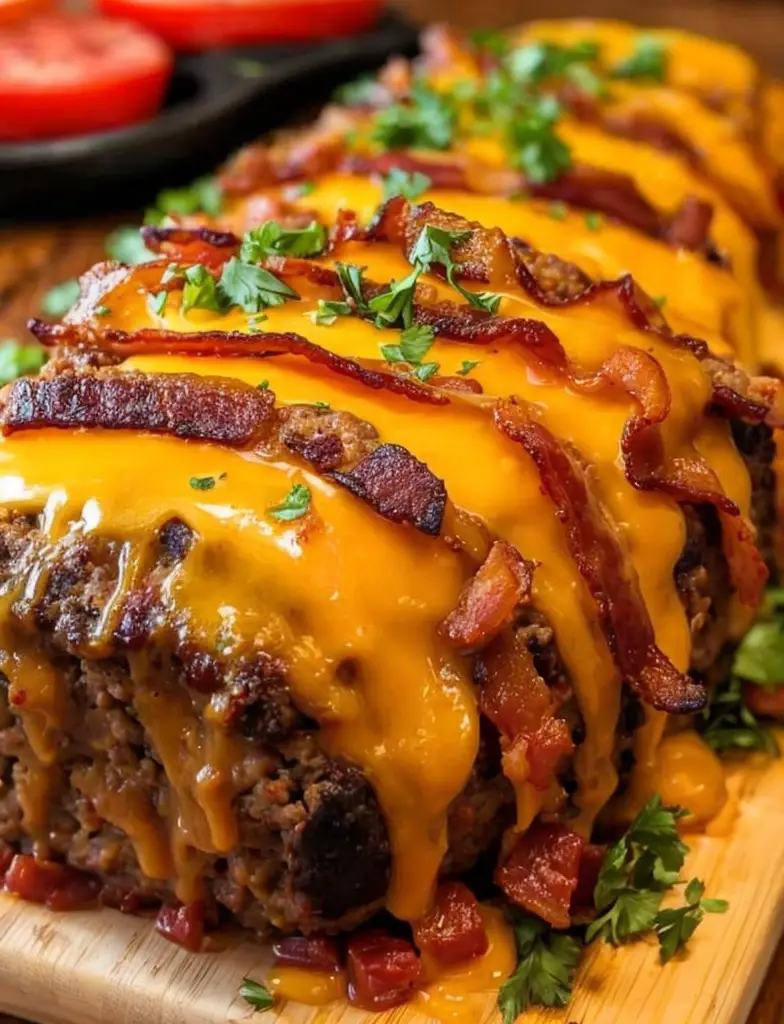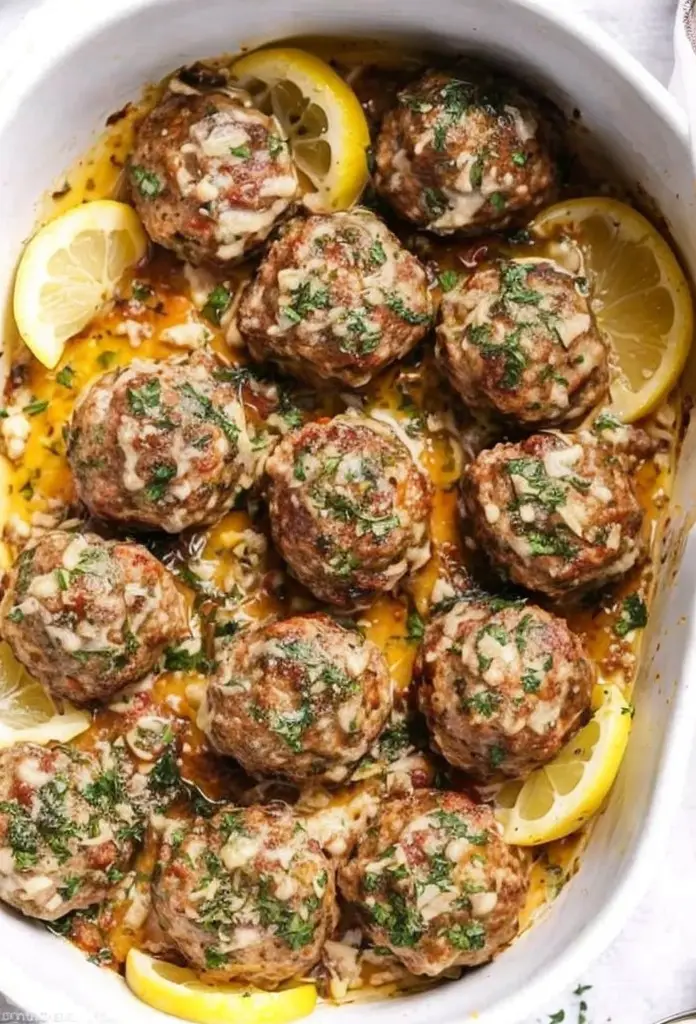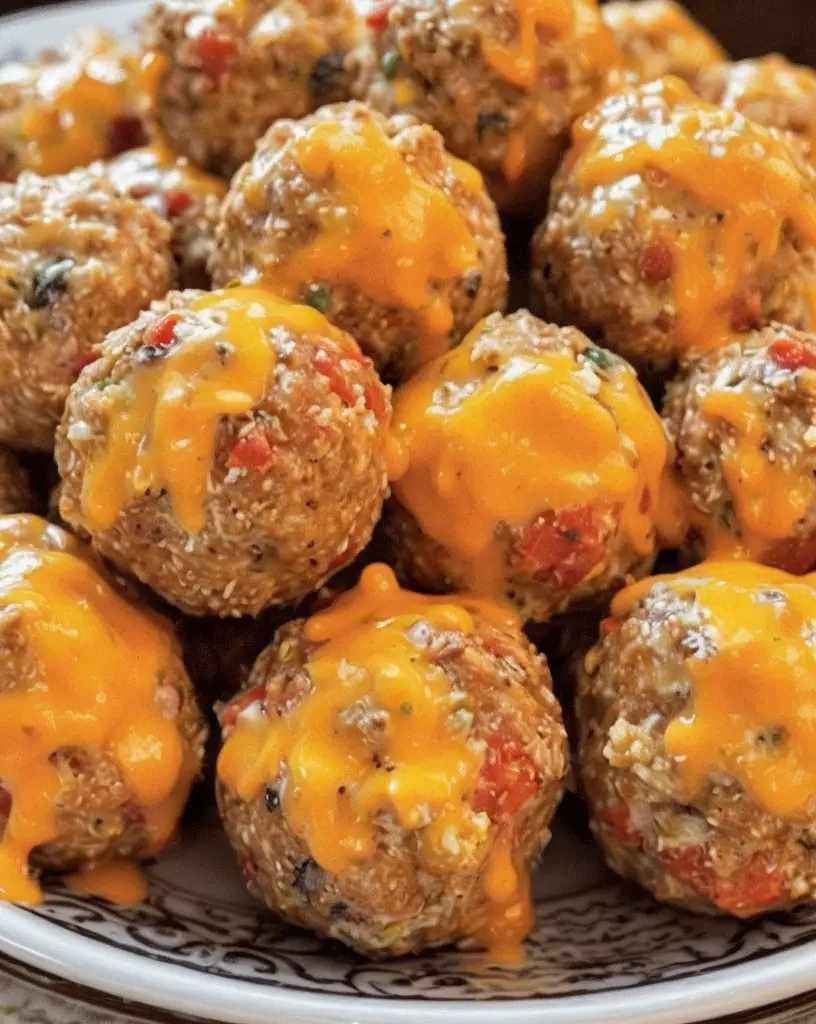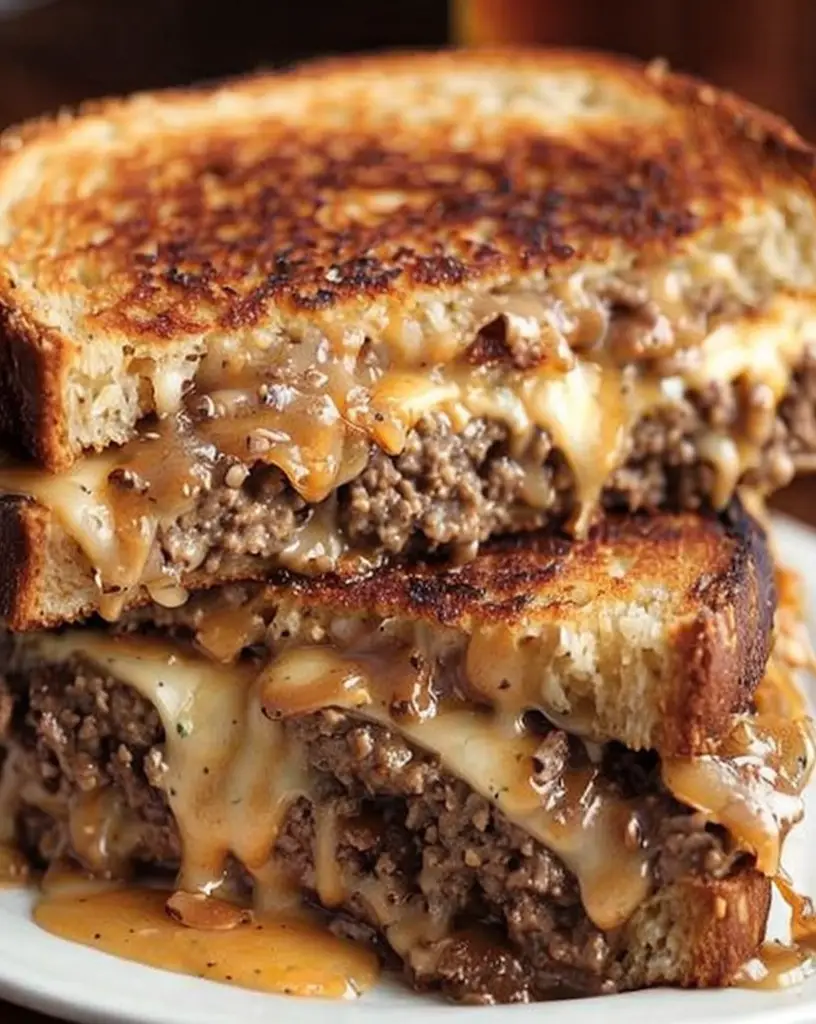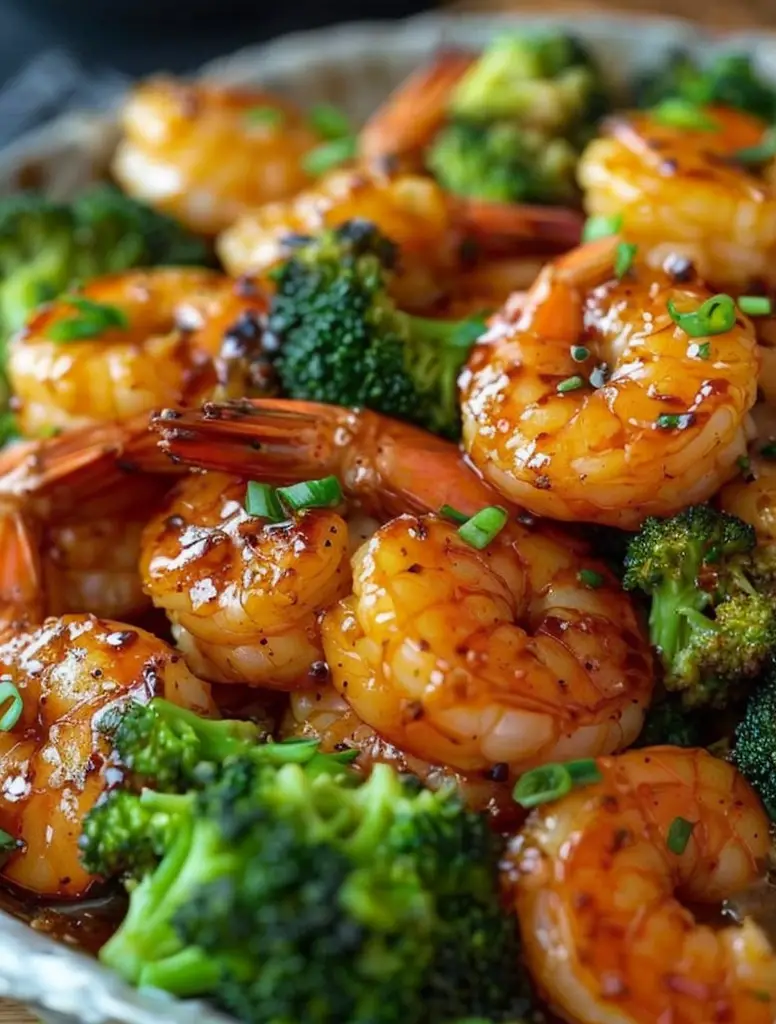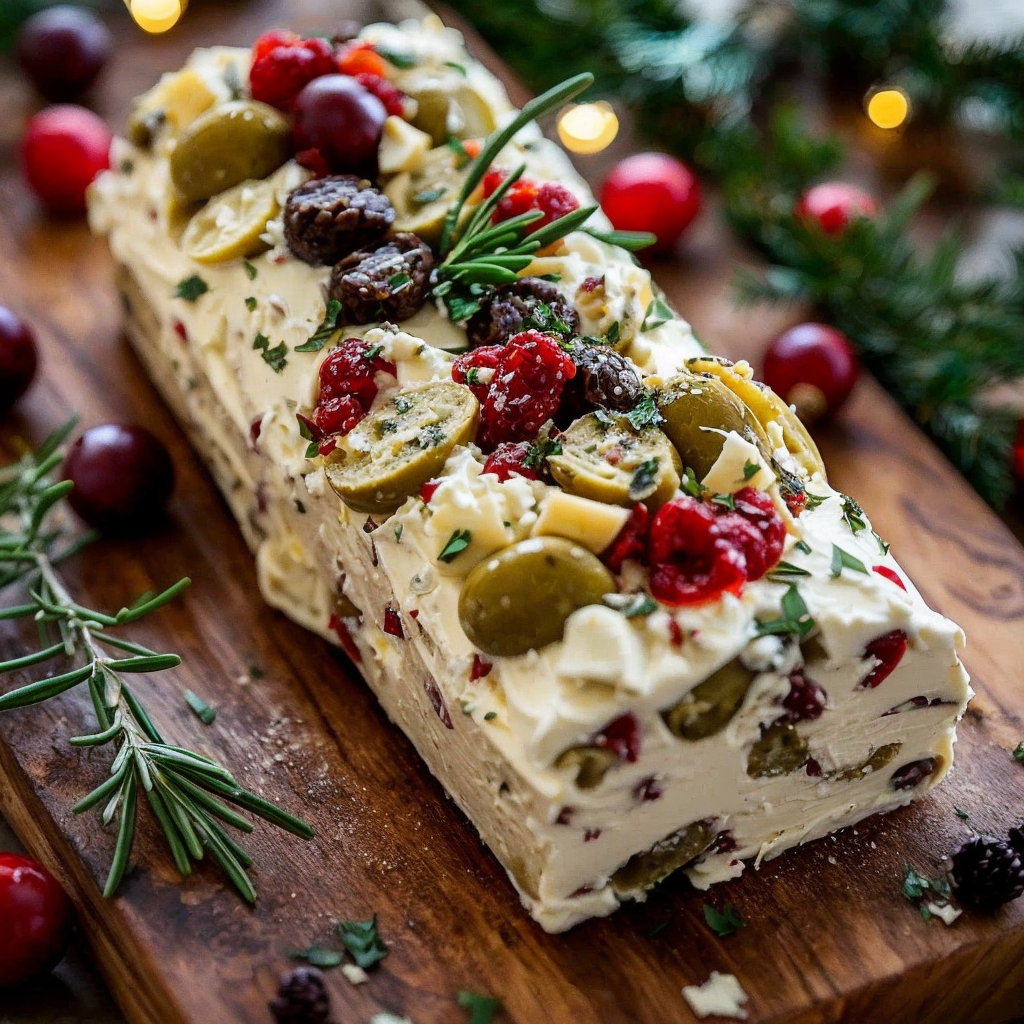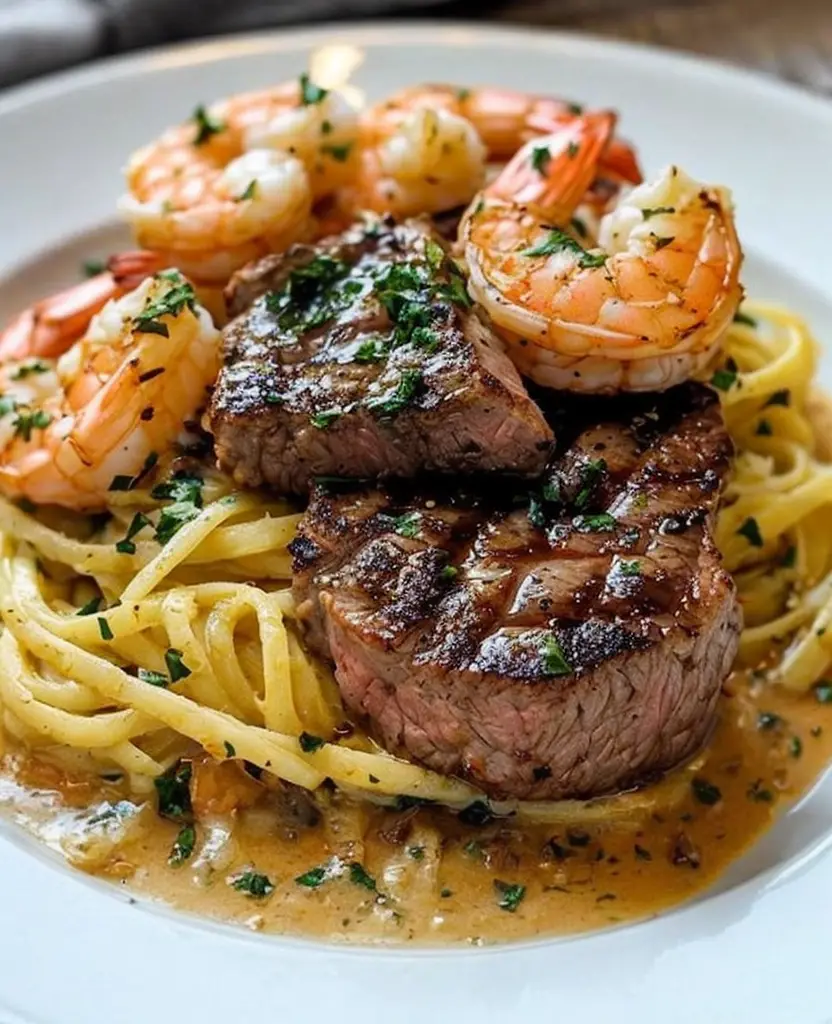Bacon Cheeseburger Meatloaf: The Ultimate Comfort Feast
Welcome to your new favorite comfort food recipe: Bacon Cheeseburger Meatloaf. This delectable dish combines the best elements of a juicy cheeseburger with the homely comfort of meatloaf, creating a culinary marvel that’s sure to please family and friends alike. Imagine taking a bite of rich, savory meatloaf, infused with the melty goodness of cheddar cheese, and kissed with the irresistible flavor of crispy bacon. This recipe is not just a dish; it’s an experience—a nostalgic trip back to simpler times, destined to create new, cherished memories around the dinner table.
Why settle for ordinary meatloaf when you can enjoy the ultimate in flavor-packed extravagance? Bacon Cheeseburger Meatloaf is an ingenious twist on classic family fare, offering an explosion of tastes with every bite. This mouthwatering recipe calls for ground beef, savory bacon, and melted cheddar, all seasoned to perfection. The texture is tender yet hearty, with a touch of crunch from the bacon, creating a multi-layered sensory experience. Its aroma will fill your kitchen with an inviting, irresistible scent, making it hard not to sneak a taste before it’s done.
Quick Recipe Highlights
- Flavor Profile: The Bacon Cheeseburger Meatloaf offers a perfect blend of savory beef, crispy bacon, and oozing cheddar, echoing the taste of a gourmet burger.
- Texture: Experience a tender, juicy center complemented by bits of crunchy bacon, creating a delightful dance of textures in your mouth.
- Aroma: Expect a rich, comforting aroma of cooked beef, smoky bacon, and sharp cheddar that fills your kitchen with nostalgic warmth.
- Visual Appeal: A golden-brown crust with melted cheese and bacon bits scattered on top makes for an enticing presentation.
- Skill Level Needed: This recipe is approachable for home cooks with a basic understanding of baking and meat preparation techniques.
- Special Equipment: A standard loaf pan and mixing bowls are the primary tools needed for this recipe.
Recipe Overview
- Difficulty Level: Moderate, due to the need to properly layer and bake the loaf without overcooking, but it’s achievable even for novice cooks following careful instructions.
- Category: This can be categorized under comfort foods and main dishes, perfect for family dinners and cozy gatherings.
- Cuisine: A modern American take on the classic meatloaf, influenced by the flavors of a traditional cheeseburger.
- Cost: This is a cost-effective meal, with the primary expense being the ground beef and cheese, making it accessible for most budgets.
- Season: While it can be enjoyed year-round, this dish particularly shines during cooler months when cozy comfort foods are most appreciated.
- Occasion: Ideal for casual weeknight dinners, family gatherings, or anytime you’re in need of a hearty and satisfying meal.
Why You’ll Love This Recipe
There’s much to love about this Bacon Cheeseburger Meatloaf. First, the taste—it offers an incredible fusion of classic comfort food with the familiar flavors of a backyard barbecue, making it a standout at any meal. The balance of juicy beef, smoky bacon, and creamy cheese layered with subtle seasonings will tantalize your taste buds.
Convenience is another major advantage of this recipe. It comes together with minimal prep work, mainly involving assembling the ingredients and baking them to perfection. This ease makes it suitable for busy weeknights while still feeling like a special treat.
From a nutritional perspective, this dish provides a balanced intake of protein, especially when combined with side vegetables for a complete meal. Depending on your choice of beef cut and portion control, it can fit into many dietary needs.
In terms of social and entertaining value, this dish will be a sure hit. It’s a conversation starter, the smell of which will greet your guests at the door and linger in their memory long after the meal has concluded. It’s perfect for potlucks or dinners where you wish to impress without spending the whole day cooking.
Lastly, let’s talk about cost-effectiveness. The recipe uses readily available ingredients, often present in your pantry or fridge, which makes it budget-friendly without compromising quality. It serves a full family, stretching your meal budget further while delivering undeniable satisfaction.
Historical Background and Cultural Significance
Bacon Cheeseburger Meatloaf is a modern twist on a historical classic. The meatloaf itself dates back many centuries, with variations found globally, but it was during the Great Depression in America that the dish became a staple. Meatloaf provided an economical way to stretch affordable cuts of meat using fillers like breadcrumbs and eggs, an approach that sustained families during hard times.
The cheeseburger, on the other hand, was popularized in the early to mid-20th century, becoming a quintessential American favorite. Combining the two created a fusion dish that retains the comforting essence of the original while introducing a layer of indulgence with cheese and bacon.
Culturally, this recipe is a celebration of American ingenuity, bringing together staple foods to create something new yet comforting. It epitomizes transforming familial dishes into unique experiences, using readily available local ingredients.
Over the years, the Bacon Cheeseburger Meatloaf gained popularity due to its versatility and crowd-pleasing nature. The flavor combinations lend themselves well to traditional family dinners and have inspired countless adaptations reflecting regional preferences across the United States.
Ingredient Deep Dive
Ground Beef: The cornerstone of this recipe, ground beef’s history is longstanding, with roots in various global cuisines. It’s nutrient-dense, offering high-quality protein, vitamins, and minerals essential for a balanced diet. When selecting ground beef, aim for a balance between lean and fat to ensure juiciness without excess grease. Store in a cold environment, ideally at the back of your fridge. If you’re looking to diversify, ground turkey or pork can serve as an excellent substitute.
Bacon: Known for its indulgent taste, bacon adds a smoky, savory profile to the meatloaf. It’s often used to accentuate dishes due to its rich flavor and aroma. When selecting bacon, opt for thick cut with a good meat-to-fat ratio for crispy results. Proper storage in an airtight package in the refrigerator will maintain its freshness. As substitutions, turkey bacon offers a leaner option, or omit it entirely for a lighter variant.
Cheddar Cheese: A staple in many classic American recipes, cheddar cheese contributes creaminess and a slight tang to this meatloaf. Its origins trace back to England, and it’s beloved worldwide for its versatility and flavor. Aged cheddar might give more depth to the dish. Keep it refrigerated, preferably wrapped to prevent moisture loss. For dairy-free adaptations, vegan cheese substitutes melt well and maintain similar flavors.
Common Mistakes to Avoid
- Not mixing the ingredients well. Ensure everything is evenly distributed for a consistent flavor in every bite.
- Overmixing the meat mixture. This can cause the meatloaf to become tough, so mix just until combined.
- Using lean beef. Opt for ground beef with some fat content to maintain juiciness.
- Skipping the resting step post-cooking; it’s crucial for firm slices and a moist interior.
- Ignoring oven temperature accuracy; use a thermometer to ensure consistent cooking.
- Skipping the breadcrumb soak; it helps keep the meatloaf moist by binding moisture within.
- Failing to remove excess grease partway through baking to avoid a greasy loaf.
- Underseasoning; the right balance of salt and pepper is essential to enhance the flavors.
- Adding cheese too early; mixing cheese in the middle or as a top layer helps avoid a melted mess.
Essential Techniques
Proper Mixing: Mixing is a critical step, where overworking the meat mixture can lead to a dense, tough meatloaf. The key is to gently fold ingredients together until just combined, using gentle hand motions or a wooden spoon for even distribution, ensuring a uniform texture and balanced flavors.
Cooked Bacon: Achieve the perfect crispy bacon by cooking slices in a cold skillet over medium heat, letting the fat render slowly, ensuring crispness and flavor. Keep an eye out for visual cues such as a rich golden-brown color, and remove excess oil while cooking for maximum impact on the finished dish.
Baking to Perfection: When baking the meatloaf, maintain oven consistency and use an internal thermometer to check doneness. Target a center temperature of 160°F (70°C). Placing an aluminum tent over the meatloaf in the last 15 minutes can prevent excessive browning.
Pro Tips for Perfect Bacon Cheeseburger Meatloaf
– Chill the meat mixture before forming it into a loaf shape. This helps retain the loaf’s shape better during baking.
– Use parchment paper in the loaf pan for easy removal and an intact presentation.
– Layer bacon diagonally over the top for an attractive lattice look when sliced.
– Add cheese in the final layers or as stuffing to ensure a melty center without leakage.
– For a smoky flavor, consider smoked cheddar or adding smoked paprika to the seasoning.
– Allow the loaf to rest for at least 10 minutes before slicing to enhance juiciness and prevent crumbling.
– Consider a glaze of ketchup mixed with brown sugar or barbecue sauce for a sweet finish.
Variations and Adaptations
Regional variations might incorporate local cheeses or spices, like pepper jack for a southwestern flair. Seasonal adaptations could include fresh herbs in spring, such as thyme or rosemary, providing fresh notes to the hearty loaf. For dietary modifications, consider leaner beef or poultry, or gluten-free breadcrumbs. Enhancements in flavor can be made by adding Worcestershire sauce for umami richness, while texture can be altered with a mix of bread crumbs or oatmeal. For presentation, bake the meatloaf in muffin tins for individual servings, offering portion control and a creative plate look.
Serving and Presentation Guide
Present your Bacon Cheeseburger Meatloaf sliced thickly alongside classic accompaniments like buttery mashed potatoes or a crisp green salad. For garnish, consider a sprinkle of fresh parsley or chives for color contrast. Traditionally paired sides such as pickles or tangy slaws add zest. For plating, serve on a large platter with slices slightly overlapping, topped with extra bacon bits. Mind the temperature for serving; warm is optimal to keep the cheese gooey, but room temperature can highlight the flavors without melting.
Wine and Beverage Pairing
For wine enthusiasts, a bold red wine like Merlot complements the richness of the meat and bacon. If wine’s not your choice, a craft beer with hoppy notes delivers a refreshing counterbalance. Non-alcoholic choices include a sparkling apple cider or an iced thyme lemonade, which cleanses the palate. During cooler months, pair with a spiced hot beverage like mulled cider for warmth without overwhelming flavors.
Storage and Shelf Life
Once finished, the meatloaf should be cooled to room temperature and either wrapped tightly in plastic or placed in an airtight container to remain fresh. It will keep in the refrigerator for up to three days or be frozen for future enjoyment. When reheating, use a microwave or bake covered in foil to rehydrate and warm through evenly, preventing any drying out.
Make Ahead Strategies
Prepare your bacon cheeseburger meatloaf a day in advance for easier meal prep. Assemble all ingredients, store wrapped in the refrigerator, and bake on the serving day. This allows the flavors to meld and mature. If assembling takes priority, cooked meatloaf can be sliced and frozen, providing convenient family meals for those busy nights.
Scaling Instructions
To adjust the recipe for smaller or larger groups, maintain ingredient ratios and consider loaf scale based on the pan size. For smaller servings, half the recipe and use a mini loaf or muffin pan. For larger gatherings, double the recipe and consider baking two standard loaves to ensure even cooking throughout. Storage considerations become pivotal when adjusting quantities significantly.
Nutritional Deep Dive
A serving of Bacon Cheeseburger Meatloaf offers a balance of protein from both beef and bacon, and fats that contribute to satiety and flavor. Carb content remains low, primarily depending on bread crumbs, which can be adjusted to fit dietary needs. Vitamins such as B12 and zinc aid metabolism, while iron supports oxygen transport. Emphasize portion control by dividing loaf into smaller slices, providing nutritional balance without excess calorie intake.
Dietary Adaptations
For those requiring dietary changes, gluten-free adaptations can easily be made by substituting traditional breadcrumbs with gluten-free versions. To accommodate dairy restrictions, using vegan cheese alternatives maintains the flavor profile without lactose. For a low-carb approach, skip bread crumbs or replace with almond flour, maintaining consistency.
Troubleshooting Guide
If your meatloaf results in a tough texture, focus on minimal mixing to maintain tenderness. To correct for bland flavor, ensure seasoning is added progressively, and check that coated surfaces carry consistent flavor. Should the loaf appear greasy, trim fat-based ingredients or allow the loaf to drain mid-baking. If encountering cooking time struggles, ensure an oven thermometer is used to regulate temperature for ideal results.
Recipe Success Stories
This Bacon Cheeseburger Meatloaf recipe has become a beloved staple for many, seen widely across social media platforms where community members share their creative spins and plating styles. Feedback has highlighted its ability to bring families together for meal traditions. Readers contribute back with changes catering to regional tastes, creating a recipe loved by all with flexibility in its foundational principles.
Frequently Asked Questions
-
Can I use a different cheese?
Absolutely! Cheeses like smoked gouda or mozzarella provide unique flavors but ensure the cheese selected can melt smoothly. -
What if I don’t have a loaf pan?
You can shape the meatloaf on a baking sheet instead, adjusting cooking time accordingly to ensure it cooks through. -
How do I know when it’s cooked?
Using a meat thermometer is best; aim for an internal temperature of 160°F (70°C) for safe consumption. -
Can leftovers be frozen?
Yes, wrap slices in airtight containers or foil, storing them in the freezer for up to three months. -
How can I make it spicier?
Adding diced jalapeños or a splash of hot sauce into the mix will introduce some heat without overpowering the main flavors. -
What’s a good substitution for breadcrumbs?
Crushed croutons or rolled oats can work, or for a gluten-free option, finely ground almond flour usually does the trick.
Additional Resources
Explore related recipes such as classic meatloaf, or delve into guidance on perfecting various cooking techniques like searing and broiling. Ingredient-specific articles can offer deeper dives into maximizing the use of beef or bacon in diverse dishes, while seasonal variations open pathways to incorporate this meal across holiday festivities seamlessly.
Join the Conversation
Share your version of the Bacon Cheeseburger Meatloaf on social media, tagging our handles for a feature. Capturing your dish under natural light can emphasize the rich textures and colors, creating drool-worthy images to accompany your culinary story. We welcome reviews and feedback, enhancing our community’s knowledge pool, encouraging recipe personalization, and driving innovation together.
The Recipe
Bacon Cheeseburger Meatloaf
Serves: 6
Prep Time: 20 mins
Cook Time: 60 mins
Total Time: 80 mins
Kitchen Equipment Needed
- Mixing bowls
- Loaf pan
- Skillet
- Aluminum foil
- Thermometer
Ingredients
- 1 lb ground beef
- 6 slices bacon, cooked and crumbled
- 1 cup cheddar cheese, shredded
- 1/2 cup breadcrumbs
- 1/4 cup milk
- 1 egg
- 1 small onion, finely chopped
- 2 cloves garlic, minced
- 1 tbsp Worcestershire sauce
- Salt and pepper to taste
Directions
- Preheat the oven to 350°F (175°C). Grease a loaf pan or line with parchment paper.
- In a bowl, combine milk and breadcrumbs; let sit for 5 minutes.
- In a large bowl, combine ground beef, egg, chopped onion, minced garlic, Worcestershire sauce, crumbled bacon, shredded cheese, and soaked breadcrumbs. Mix gently until all ingredients are combined, being careful not to over-mix.
- Shape the mixture into a loaf and place it in the prepared pan.
- Bake for about 50 minutes, then remove and brush with additional Worcestershire or BBQ sauce if desired. Return to oven for another 10 minutes or until the internal temperature reaches 160°F (70°C).
- Let it cool for at least 10 minutes before slicing.
Recipe Notes
- Consider adding diced bell peppers for extra depth.
- A glaze of ketchup and brown sugar adds a sweet finish.
- For added spice, incorporate a pinch of cayenne pepper.
